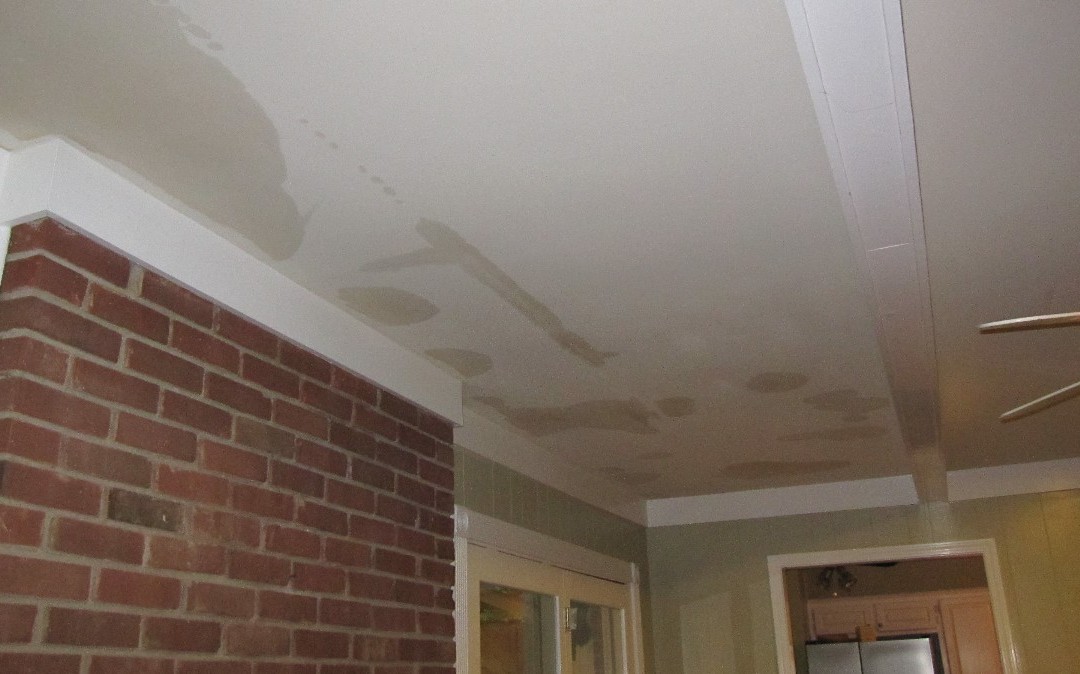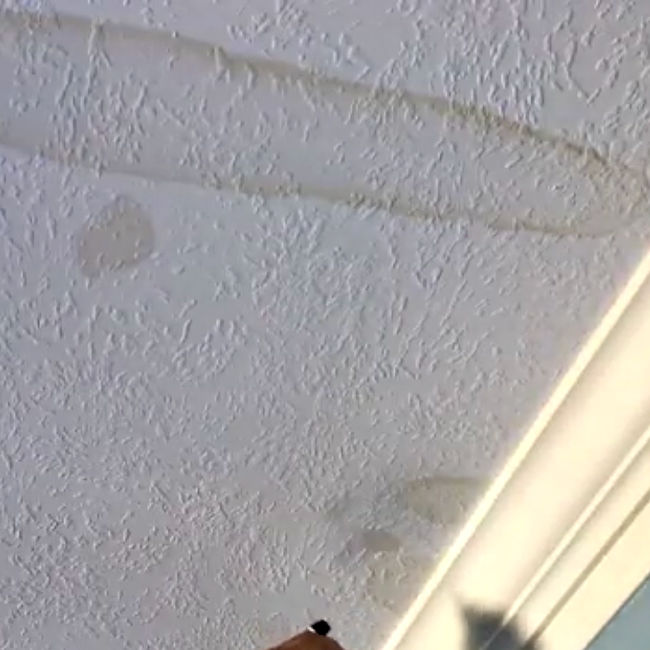Every person may have their own individual conception in relation to Water Stains on Walls.

Water stains on wall surfaces are not pleasant to the eyes. Your residence needs to be without spots on the walls, roof covering, or floors. That is the ideal state of a house and its frameworks. Yet, occasionally it appears practically inescapable to experience water spots on walls in residences.
House owners living in humid regions constantly deal with the concern of water stains on walls. With precise as well as well-shaped information on the causes of water discolorations as well as prompt repair work processes, you will constantly be an action ahead of such events.
3 Typical Root Causes Of Water Discolorations on Wall Surfaces
Unlike popular belief, water discolorations on wall surfaces do not always come from bad building products. There are a number of reasons for water discolorations on wall surfaces. These consist of:
Moist
When hot moist air consults with completely dry cool air, it causes water droplets to base on the walls of structures. This takes place in kitchens and bathrooms when there is steam from cooking or showers. The water beads can stain the surrounding walls in these parts of your house and also infect various other locations.
Damp or condensation affects the roofing system and walls of structures. When the wall is damp, it produces an ideal setting for the growth of germs as well as fungis.
Poor Drainage
When making a building strategy, it is crucial to make certain sufficient drainage. This will protect against water from seeping into the wall surfaces. Where the drain system is obstructed or nonexistent, underground moisture develops. This web links to extreme moisture that you notice on the walls of your building.
So, the leading root cause of wet walls, in this instance, can be a poor water drainage system. It can likewise be due to inadequate management of sewer pipelines that run through the building.
Pipe Leaks
The majority of houses have a network of water pipes within the wall surfaces. This guarantees that the pipelines are well away from the reach of harmful rats. It always enhances the stability of such pipes, as there is little oxygen within the wall surfaces. This discourages rust.
A disadvantage to this is that water leak influences the walls of the structure and causes extensive damages. A telltale sign of defective pipelines is the look of a water stain on the wall.
Pro Pointer
A houseplant in your home additionally raises its moisture. So, if your home is already moist, you might want to present houseplants with marginal transpiration. An instance of suitable houseplants is succulents.
Water Stains on Wall Surface: Fixing Tips
House owners would typically desire a quick fix when managing water spots. Yet, they would certainly quickly realize this is disadvantageous as the water spots recur. Here are a few helpful pointers that will certainly direct you in the repair work of water discolorations on wall surfaces:
Verdict
No one wants to have water stains on wall surfaces in their residence, it can happen to the best of us. This write-up provides you leverage, as you now understand just how to handle this problem if it does occur.
It is constantly best to recruit professional solutions to aid fix the damages in your house.
In some cases it appears nearly unavoidable to experience water stains on walls in homes.
Contrary to popular idea, water stains on wall surfaces do not always stem from inadequate building products. There are a number of causes of water spots on wall surfaces. The water beads can stain the bordering walls in these parts of your home as well as spread to various other locations.
Below are a couple of practical tips that will certainly guide you in the repair service of water stains on walls:
CHECKING FOR WATER DAMAGE
Water damage can be costly, and it may begin before you even notice the first signs of trouble. Water damage can cause mold and mildew in your walls and floors, which can create an abundance of health concerns for your family. It can also lead to costly repairs of various appliances and general home fixtures. To avoid the pricey consequences of water damage, here are Warner Service’s top 5 places you should check:
The walls – The easiest place to spot the beginnings of water damage is on the walls and ceilings of your home. If water damage is present, there will most likely be water stains, especially around the windows and doorframes, and/or cracks in the drywall. If a stain looks unusual (discolored to brown, black or gray, raised texture), has a swollen appearance or is soft to the touch, contact a professional immediately. The pipes – To avoid water damage, consistently check the pipes in your kitchen (especially the dishwasher and ice maker), bathrooms, laundry room (specifically washing machines) and basement for corrosion, leaks and water stains. Pay special attention to where the pipes connect in your home and the location of caulking around the bathroom fixtures, including toilets, sinks, showers and tubs. Missing or loose caulking and grout could be signs of leaking water. This seepage can also quickly cause mold and rust, so double check your water heater and tank for wet spots on the floor. The floor – Water damage is very easy to spot on the floor. Look for any warping or buckling of the material, especially in the basement. If your home has wood flooring, look for bright white or dark stains. If your home has carpeting, keep it dry and clean. A damp carpet that smells of mold could cause water damage and health problems. To avoid this, consider installing floor pans under your appliances to help prevent damages from small, slow and undetected leaks. The basement and attic – If your basement or attic smells odd check for mold and mildew around the area, especially the valley where the roof meets. While you are inspecting those areas, check for wall cracks, floor stains, rust and dampness in the insulation. If you live in a colder and/or rainier climate, perform routine checks for water damage from melting snow or ice and rain. The exterior – Check the roof for damaged flashing and missing, cracked or curled shingles. There should also be no standing water anywhere outside your home. This could be caused by puddles, leaky rain gutters or hoses, poor drainage, or short gutter spouts. Invest in a sump pump system or water flow monitoring system, and perform routine maintenance on these outdoor appliances to avoid indoor water damage.

As a passionate reader about Water Stains on Walls, I assumed sharing that information was important. If you please take a moment to share this write-up if you liked it. Bless you for your time. Visit again soon.
Visit Site